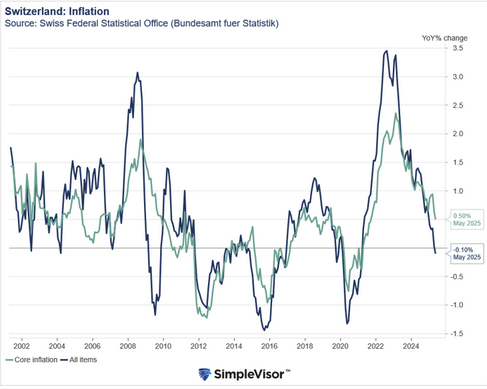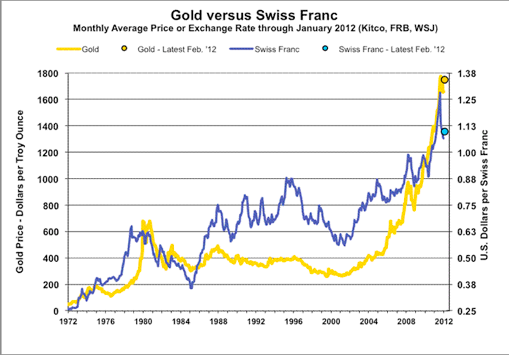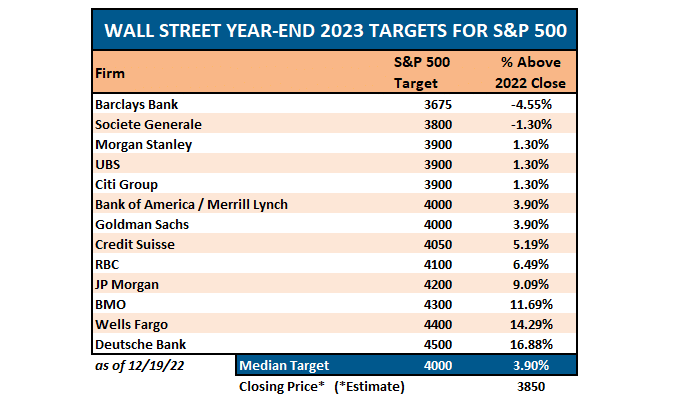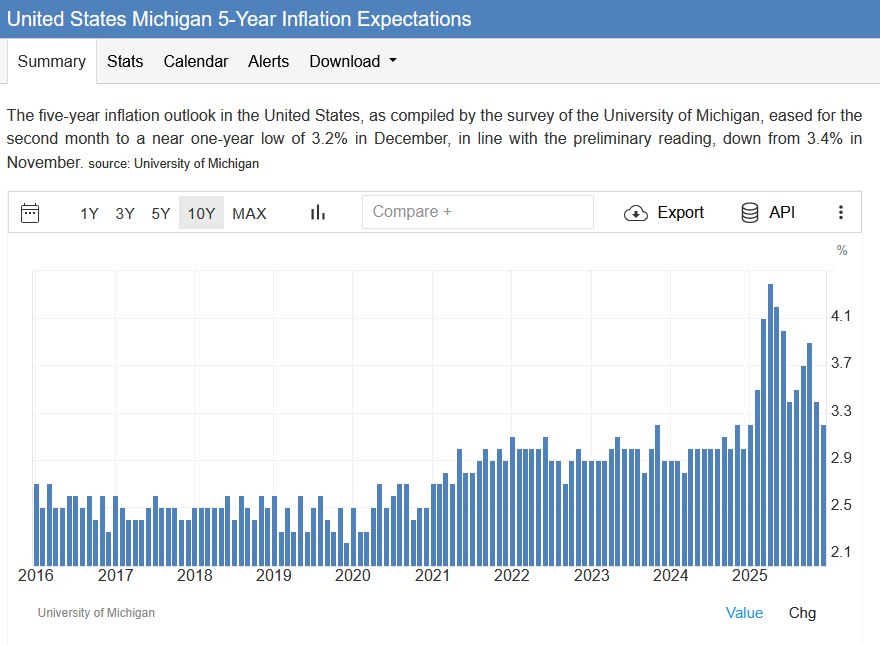Overview: The US warned that the next phase of the tariff war could be announced in early April and three industries, auto, pharma, and chips. President Trump's comments suggested sometime between the announcement and the implementation. He did not specify if USMCA trade would be exempt for the auto tariffs. Some auto parts reportedly cross the border four-five times. The dollar is mixed against the G10 currencies. The Reserve Bank of New Zealand delivered its third consecutive 50 bp rate cut and the Kiwi 's 0.25% gain puts it at the top of the G10 today. Among emerging market currencies, all but a couple Asian currencies are lower, with central European currencies, the softest.
Equities are heavier. Except for China and South Korea, the large bourses in Asia Pacific were fell today. Europe's Stoxx 600 has stalled after rising for six of the past seven sessions. US index futures are soft. Bonds are under pressure. Yields in Europe are mostly 3-5 bp higher and the 10-year US Treasury yield is firm near 4.56%. It settled a little below 4.48% at the end of last week. Gold set a record high today (~$2947). After posting a bullish outside up day yesterday, April WTI is extended its rally today. The contract held $70 yesterday and is now trading above the 20-day moving average (~$72.15). Last week's high was near $73.35.
USD: The Dollar Index has forged a little shelf near 106.55 but the upticks so far have not been impressive. A close today above the five-day moving average (~106.95), which it has not done in over a week, would be helpful but it needs to rise above the 107.30-55 area to be of technical importance. Today's data may not be particularly helpful. December housing starts soared by a heady 15.8% and that pace is unsustainable. Look for a decline of 6.5%-7.0% in January's print, while permits likely declined for the second consecutive month. Permits fell in eight of last year's 12-months. The average monthly decline in 2024 was 0.2%, after rising by an average of 0.9% a month in 2023. The FOMC minutes may attract more attention, but the market accepts the Fed's "patient" forward guidance. Subsequent official comments suggest that next Summary of Economic Projections may see the median dot shift from two cuts this year to one. So far, talk in some quarters of the next move being a hike may not be validated in the minutes.
EURO: The euro peaked before the weekend near $1.0515, shy of the January high (~$1.0535) and appears to be retracing the last leg up that began from around $1.0280 on February 10. Yesterday, it settled below the five-day moving average for the first time since then. The euro slipped through $1.0425 in the European morning, which corresponds to the (38.2%) retracement of those gains. Below there, support is seen around $1.04. A break of $1.0370 reinforces our sense that a near-term high is in place. Outside of the aggregate December current account (38.5 bln euros, up from 28.7 bln euros in December 2023), the economic calendar is light. Germany's national election is Sunday, but it does not seem much of a market factor. The CDU is likely to win a plurality of votes. The AfD appears to have been dealt a setback in the polls since it received the endorsement US Vice President Vance and Musk. The SPD may come in second place. A CDU-SPD coalition seems like the most likely outcome.
CNY: The broadly firmer US dollar has seen it rise toward CNH7.2930, a four-day high. Since the beginning of December 2024, the greenback has mostly traded between CNH7.2350 and CNH7.3700. Meanwhile, the PBOC continues to set the dollar's reference rate in a narrow range between roughly CNY7.1690 and CNY7.1720. Today's fix was at CNY7.1705. China reported that new home prices were fell by 0.07% in January, the first least since June 2023. Used home prices slipped by 0.34%, slightly faster than in December. They last rose in April 2023.
JPY: The dollar peaked last week near JPY154.80 and reached JPY151.25 yesterday. The firmer US rates helped the greenback stabilize but it held below Monday's high around JPY152.40, which is still holding today. At the same time, the JPY151.25-35 low set this week is holding. Options for $1.35 bln at JPY152 expire today. The January trade balance was true to the strong seasonal pattern for it to deteriorate in January. The shortfall of JPY2.76 trillion (~$18.1 bln) was largest in two years. Imports rose 16.7% from a year ago, led by communication equipment and computers. Exports increased by 7.2% fueled by autos and ships. Exports to the US rose by 8.1%, with a sharp jump in auto exports, perhaps ahead of tariffs. Japan recorded a JPY477 bln trade surplus with the US last month. Exports to China were off 6.2%. After the stronger than expected Q4 GDP, the December core machine orders, which fell by 1.2% (after a 3.4% gain in November), drew little attention.
GBP: With a brief violation in thin trading on Monday and again today, sterling remains confined to the range set last Friday (~$1.2550-$1.2630). It reached $1.2640 today but is back below $1.26 in late European morning turnover. It has hovered around $1.2610, the (38.2%) retracement of the decline from last September than began near $1.3435. Since falling by about 10% from there through mid-January, it has appreciated by about 4.35%. The momentum indicators are extended but have not turned down. Still, the correction looks advanced, and a break of $1.2550 may be the first indication that it may be over. The UK reported January CPI earlier today. Due to the base effect, the 0.1% decline in the headline rate translates to a 3.0% year-over-year rate, up from 2.5% at the end of 2024. Service price inflation accelerated (5.0% vs. 4.4%) and the core rose (3.9% vs 3.2%). After yesterday's news of stronger wage growth there is practically no chance of another BOE rate cut next month (March 20), but the swaps market still favors a cut at first meeting in Q2 (May 8), but the odds have been shaved to about 85% from 90% yesterday and 100% a week ago.
CAD: The firmer than expected underlying core measures of Canada's January CPI saw the market downgrade the chances of at next month's meeting to about 35% from almost 50% Monday. We don't think the CPI is the key to the March 12 decision, which comes the same day as the steel and aluminum tariffs the US has threated are to be implemented and a little more than a week after the end of the one-month postponement granted to the 25% tariffs on all of Canada's exports to the US with the exception of a 10% tariff on energy. The threat of the tariffs is already having a cooling effect, accord to anecdotal reports. With parliament still not in session, it puts more of the burden on monetary policy rather than fiscal policy in the first instance to address what could be a serious economic shock. The US dollar recorded the session high, slightly below CAD1.4215 before Canada's CPI yesterday. It slipped below CAD1.4180, yesterday's low in pre-European turnover today but is bid in the European morning to push back above CAD1.4200.
AUD: The Australian dollar chopped between about $0.6340 and $0.6360 in the North American session yesterday. It reached $0.6370 today but has been pulled back to the $0.6355 area. The market took the well-anticipated rate cut in stride and shaved the odds of a follow-up cut in July (but still above 90%). The Aussie continues to hold up well even though the upside momentum appears to have stalled after recovering from the push below $0.6090 on February 3 amid the US-sparked tariff panic to a high near $0.6375 earlier this week. For three sessions now, it has settled within a few ticks of $0.6355. The price action could still be a bullish pennant or flag pattern, but a break of $0.6330, and especially $0.6300 weaken the technical tone. Australia's January employment report is due tomorrow. Employment growth is expected to slow. The 56.3k increase in December's employment were fully accounted by part-time workers, as full-time employment fell nearly 24k. Full-time employment in Australia has not fallen in consecutive months since the pandemic. That said, the unemployment rate is expected to have risen to 4.1% after rising to 4.0% in December from 3.9% in November. Lastly, we note that the Reserve Bank of New Zealand delivered the much anticipated 50 bp rate cut, the third in a row (new cash rate target is 3.75%). It signaled a slower pace of cuts going forward, with the target rate near 3.15% by the end of the year. Counter-intuitively, the New Zealand dollar is the strongest among the G10 currencies today, up about 0.25%.
MXN: The US dollar fell to new three-week lows against the Mexican peso to nearly MXN20.20 today. Last month's low was near MXN20.1350. It has not been below MXN20.00 for more than three months. The daily momentum indicators are getting stretched. This provides a good set-up for a low-risk opportunity to sell pesos as the March 3 tariff postponement comes into view. Mexico's central bank publishes its inflation report later today. While perhaps not completely satisfied, it must be pleased that inflation, both headline and core CPI, are back within the target range (3% +/- 1%). It cut its overnight rate target by 50 bp earlier this month to 9.50% and kept the door open to a similar move at its next meeting next month.
Tags: Currency Movement,Featured,newsletter




























